

Articles
How Wide Is A Driveway
Modified: January 18, 2024
Discover the ideal width for a driveway in our informative articles that provide valuable insights and practical tips to help you make the right decision.
(Many of the links in this article redirect to a specific reviewed product. Your purchase of these products through affiliate links helps to generate commission for Storables.com, at no extra cost. Learn more)
Introduction
In our everyday lives, we often overlook the importance of a driveway. We drive over it countless times without giving it a second thought. However, the width of a driveway plays a crucial role in its functionality and aesthetic appeal. Whether you are constructing a new driveway or considering widening an existing one, understanding the factors that determine its width is essential.
In this article, we will explore the various factors that affect the width of a driveway, standard width measurements for driveways, options for narrow and wide driveways, as well as regulations and guidelines related to driveway width. By the end of this article, you will have a solid understanding of why driveway width matters and how it can impact your daily life.
Key Takeaways:
- Driveway width impacts vehicle maneuverability, safety, and property value. Consider factors like number of vehicles, turning radius, and local regulations to ensure your driveway meets your specific needs and enhances your property’s functionality and curb appeal.
- Whether narrow or wide, there are options to create a functional and visually appealing driveway. From single file driveways to circular driveways, consider your space limitations and aesthetic preferences to design a driveway that complements your property.
Read more: How Wide Is A Two Car Driveway
Factors Affecting the Width of a Driveway
When determining the width of a driveway, several factors come into play. These factors can vary depending on the specific requirements of your property and personal preferences. Here are some key considerations:
- Number of vehicles: The primary factor in determining driveway width is the number of vehicles that will use it. If you have multiple cars or need space for larger vehicles such as RVs or trucks, a wider driveway is essential to accommodate their width.
- Turning radius: The turning radius required for your vehicles is another crucial factor. If you have large trucks or trailers that need to maneuver into the driveway, you will need a wider entrance and turning area to ensure smooth navigation.
- Garage or parking space: If you have a garage or parking space adjacent to the driveway, you will need to consider their dimensions when determining the driveway width. Sufficient space must be provided for opening car doors and maneuvering within the parking area.
- Land availability: The available land space on your property also influences the width of the driveway. If you have limited space or narrow lot dimensions, you may need to choose a narrower driveway option to accommodate the constraints of your property.
- Local regulations: It is essential to research and comply with local regulations regarding driveway width. Certain municipalities have specific guidelines and restrictions in place that dictate the minimum and maximum allowable widths for driveways.
- Aesthetic appeal: Finally, the aesthetic appeal of the driveway cannot be disregarded. A wider driveway can enhance the overall look of your property and provide a grand entrance. Consider your desired aesthetic and architectural style when determining the width of your driveway.
By taking these factors into account, you will be able to determine the most suitable width for your driveway, balancing functionality, practicality, and visual appeal.
Standard Driveway Widths
While the specific width of a driveway can vary depending on individual circumstances, there are some general standards and guidelines to consider. These standard widths are commonly used as a starting point for driveway design and construction. Here are the typical standard driveway widths:
- Single car driveway: A single car driveway typically has a width of 9-12 feet (2.7-3.6 meters). This width allows enough space for a single vehicle to comfortably enter and exit the driveway.
- Double car driveway: For households with multiple vehicles, a double car driveway is recommended. This type of driveway has a width of 20-24 feet (6-7.3 meters) to accommodate two cars side by side.
- Shared driveway: In some cases, neighbors or multiple households share a single driveway. The width of a shared driveway can vary but is typically around 20-24 feet (6-7.3 meters) to allow for multiple cars to pass each other.
- RV or boat driveway: If you own a recreational vehicle (RV) or boat, you may need a wider driveway to park and maneuver these larger vehicles. A width of 14-16 feet (4.3-4.9 meters) is often recommended for RV or boat driveways.
It’s important to note that these standard driveway widths are just guidelines. Your specific needs and circumstances may require adjustments to these measurements. Additionally, local regulations and building codes may dictate minimum or maximum driveway width requirements in your area.
Moreover, it’s worth considering features such as additional parking space or a turnaround area at the end of a long driveway. These features can add convenience and functionality to your property, especially if you frequently have guests or require extra space for vehicle maneuvering.
By understanding the standard driveway widths and tailoring them to your specific situation, you can ensure that your driveway provides the necessary space and functionality for your vehicles and property.
Narrow Driveway Options
Not all properties have the luxury of ample space for a wide driveway. If you have limited land availability or need to work within certain constraints, there are still options available to create a functional and aesthetically pleasing narrow driveway. Here are some narrow driveway options to consider:
- Single file driveway: A single file driveway is a narrow driveway option that allows vehicles to enter and exit in a single file. Typically, this type of driveway has a width of 8-9 feet (2.4-2.7 meters), which is enough for one vehicle. It is a suitable choice for properties with limited space or where multiple driveways need to be accommodated.
- Curved driveway: If space is an issue, consider designing a curved driveway. By curving the driveway, you can maximize the available space and accommodate the turning radius of vehicles without sacrificing functionality. This design also adds visual interest and curb appeal to your property.
- Porte-cochère: A porte-cochère is a covered entranceway that allows vehicles to pull up and drop off passengers without being exposed to the elements. This narrow driveway option can be designed to fit within tight spaces while providing a convenient and stylish entrance to your property.
- Parking pad: If you only need space for a single vehicle, a parking pad can be a practical solution. A parking pad is a designated area for parking that is separate from the main driveway. It is typically narrower and can be placed to the side or in a different area of your property.
- Pavers or herringbone pattern: Another way to create the illusion of width in a narrow driveway is through the use of pavers or a herringbone pattern. These design elements visually expand the space and add visual interest to the driveway, making it feel wider than it actually is.
Remember, when designing a narrow driveway, it is crucial to consider the turning radius and clearance required for your vehicles. You want to ensure that your vehicles can comfortably navigate the driveway without any risk of accidents or damage.
By exploring these narrow driveway options and choosing the one that best suits your needs and the limitations of your property, you can create a functional and visually appealing entrance that makes optimal use of the available space.
When determining the width of a driveway, consider the size of your vehicles and any potential future vehicles. A standard single-car driveway is typically 10-12 feet wide, while a double-car driveway is 20-24 feet wide.
Wide Driveway Options
If you have ample space and want to create a grand entrance to your property, a wide driveway can offer both functionality and visual appeal. Here are some wide driveway options to consider:
- Double or multiple driveways: If you have a large property or need to accommodate multiple vehicles, consider designing a double or multiple driveway setup. This allows for easy access and exit for multiple cars simultaneously, enhancing convenience and reducing any potential congestion.
- Circular driveway: A circular driveway, also known as a horseshoe or loop driveway, is an elegant option that provides a continuous loop for vehicles to enter and exit without the need for reversing or complicated maneuvering. It offers a grand and inviting entrance to your property.
- Basketweave or diamond pattern: To add visual interest and a touch of sophistication to a wide driveway, you can consider incorporating a basketweave or diamond pattern. These patterns involve interlocking paving stones or concrete blocks to create a unique and attractive design.
- Landscape features: Enhance the beauty of your wide driveway by incorporating landscape features along its edges. This can include planting trees, shrubs, or flowers to create a visually appealing frame and add a touch of greenery to the overall design.
- Decorative elements: Installing decorative elements such as lighting fixtures, entrance gates, or ornamental columns can further enhance the aesthetic appeal of a wide driveway. These elements can add a sense of elegance and sophistication to the overall design.
When designing a wide driveway, it is essential to consider the proportions of your property and the architectural style of your home. The driveway should complement the overall aesthetic and be in harmony with the surrounding landscape. Additionally, proper drainage and grading should be taken into account to ensure water runoff is adequately managed.
By exploring these wide driveway options and selecting those that align with your preferences and property requirements, you can create a stunning and functional entrance that adds value and curb appeal to your home.
Read more: How Wide Is A Fireplace
Driveway Width Regulations and Guidelines
When planning the width of your driveway, it’s crucial to be aware of any local regulations and guidelines that may affect your design. Municipalities and local authorities often have rules in place to ensure driveways meet safety standards and do not negatively impact the surrounding infrastructure. Here are some common driveway width regulations and guidelines to consider:
- Minimum widths: Many jurisdictions have minimum driveway width requirements to ensure adequate space for vehicles to enter and exit safely. The minimum width can vary depending on the specific location, but it’s typically around 10-12 feet (3-3.6 meters) for residential properties.
- Maximum widths: Some municipalities may also have maximum driveway width restrictions to prevent excessive pavement and maintain the esthetics of the neighborhood. The maximum width limit varies considerably, with some places imposing no restrictions while others may limit it to 30 feet (9 meters) or less.
- Road setbacks: Local regulations may require driveways to be set back a certain distance from the edge of the road or right-of-way. This setback distance ensures there is enough space for vehicles to queue and turn safely without obstructing the flow of traffic.
- Grade and slope limitations: Driveways must adhere to specific grade and slope limitations to prevent water runoff issues and ensure driver safety. Guidelines generally specify the maximum slope allowed to create a manageable incline for vehicles.
- Fire department access: In some areas, fire department access is a crucial consideration when designing driveways. Regulations may outline the necessary width requirements to accommodate fire trucks and emergency vehicles comfortably.
To ensure compliance with local regulations, it’s important to contact your local municipality or building department for specific guidelines regarding driveway width. They can provide you with the necessary information and advise you on any additional requirements that may be relevant in your area.
By familiarizing yourself with these regulations and guidelines, you can ensure that your driveway design meets the necessary standards while achieving your desired functionality and aesthetic appeal.
Importance of Driveway Width
The width of a driveway may seem like a minor detail, but it holds significant importance in terms of functionality, convenience, and safety. Here are several reasons highlighting the importance of driveway width:
- Vehicle maneuverability: A wide driveway allows for easier maneuvering of vehicles, especially larger ones like SUVs or trucks. Ample space to turn, park, and exit the driveway minimizes the risk of accidental damage to vehicles and property.
- Safe entry and exit: A narrow driveway can make it challenging to enter or exit with multiple vehicles or when traffic is present. A wider driveway provides a more convenient and safer environment, reducing the risk of vehicles colliding or getting stuck while entering or exiting the property.
- Pedestrian accessibility: A wider driveway provides more space for pedestrians, making it easier for them to navigate without feeling restricted or unsafe. This is particularly important if you have children, elderly individuals, or guests who may require additional space to walk or access vehicles.
- Property value and curb appeal: The width and design of a driveway can significantly impact the curb appeal and value of a property. A wider driveway not only enhances the overall aesthetic appearance but also creates a welcoming and grand entrance, leaving a positive impression on visitors and potential buyers.
- Functional outdoor space: A wider driveway offers the potential for additional functionality. It can be used as a space for outdoor activities, such as basketball, skateboarding, or social gatherings. A wider driveway provides more room for these activities, creating a versatile outdoor space.
- Adherence to local regulations: Local regulations pertaining to driveway width must be followed to avoid penalties or potential legal issues. By ensuring your driveway meets the minimum width requirements, you remain compliant with these regulations, avoiding any complications in the future.
Whether your priority is vehicle maneuverability, safety, property aesthetics, or compliance with local regulations, understanding the importance of driveway width allows you to make informed decisions during the design and construction process. It ensures that your driveway not only meets your immediate needs but also enhances the overall functionality, convenience, and value of your property.
Conclusion
When it comes to designing and constructing a driveway, the width is a crucial factor that should not be overlooked. Whether you have a narrow space or ample land, determining the right width for your driveway is essential for functionality, safety, and aesthetic appeal.
Factors such as the number of vehicles, turning radius, garage or parking space, land availability, and local regulations play a significant role in determining the width of a driveway. By considering these factors, you can ensure that your driveway meets your specific needs and requirements.
Standard driveway widths provide a starting point for determining the appropriate size for your driveway. From single car driveways to shared driveways and wide driveways for multiple vehicles or recreational vehicles, there are options available to suit your situation.
If you have limited space, narrow driveway options such as single file driveways, curved driveways, or incorporating decorative elements can create a functional and visually appealing entrance. On the other hand, properties with ample space can explore wide driveway options like double driveways, circular driveways, or using decorative patterns to enhance the overall design.
It’s important to remember that local regulations and guidelines regarding driveway width should be considered to ensure compliance with safety standards and avoid any legal issues. Consulting with local authorities is recommended to obtain specific regulations for your area.
Ultimately, the width of your driveway impacts functionality, convenience, safety, and the overall aesthetic appeal of your property. By carefully considering these factors and adhering to local regulations, you can create a driveway that not only serves its purpose but also enhances the value and curb appeal of your home.
Next time you drive over your driveway, take a moment to appreciate the importance of its width and how it contributes to your daily life and the overall beauty of your property.
Frequently Asked Questions about How Wide Is A Driveway
Was this page helpful?
At Storables.com, we guarantee accurate and reliable information. Our content, validated by Expert Board Contributors, is crafted following stringent Editorial Policies. We're committed to providing you with well-researched, expert-backed insights for all your informational needs.
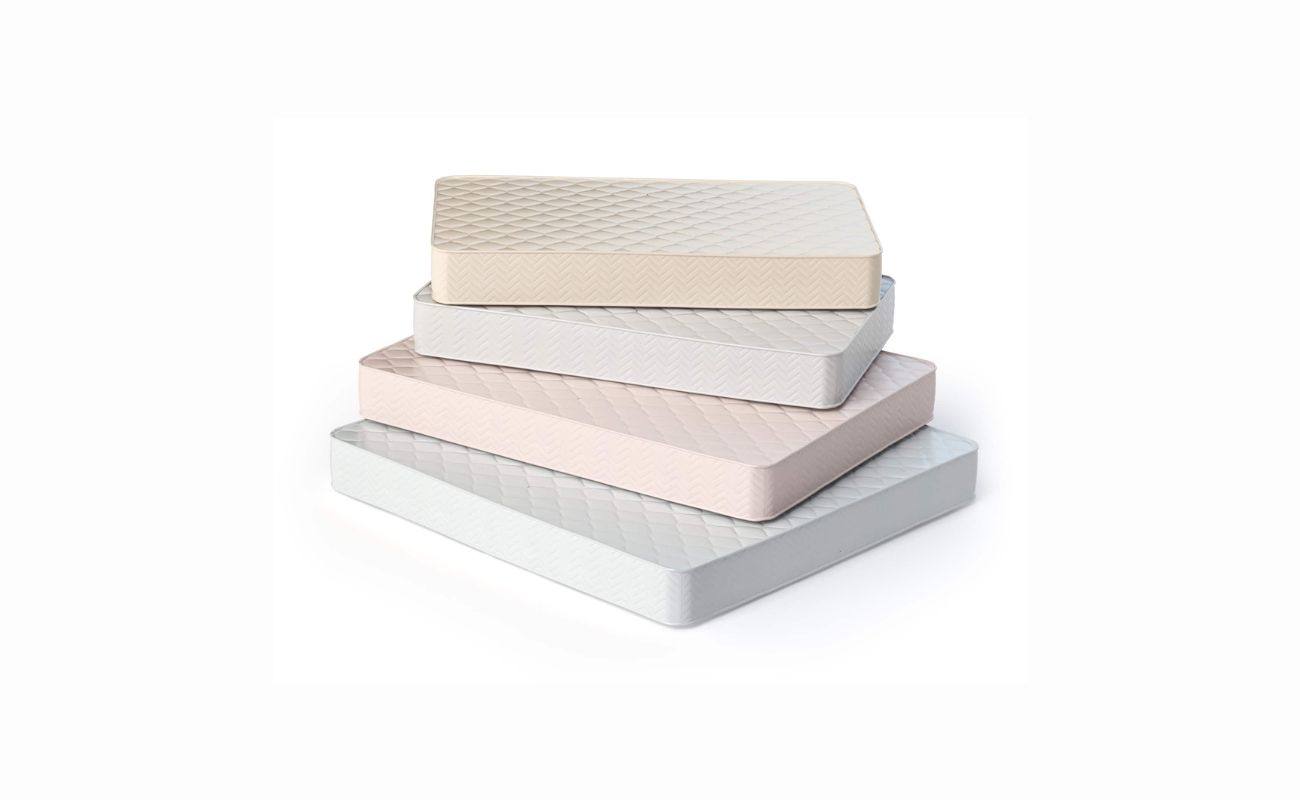
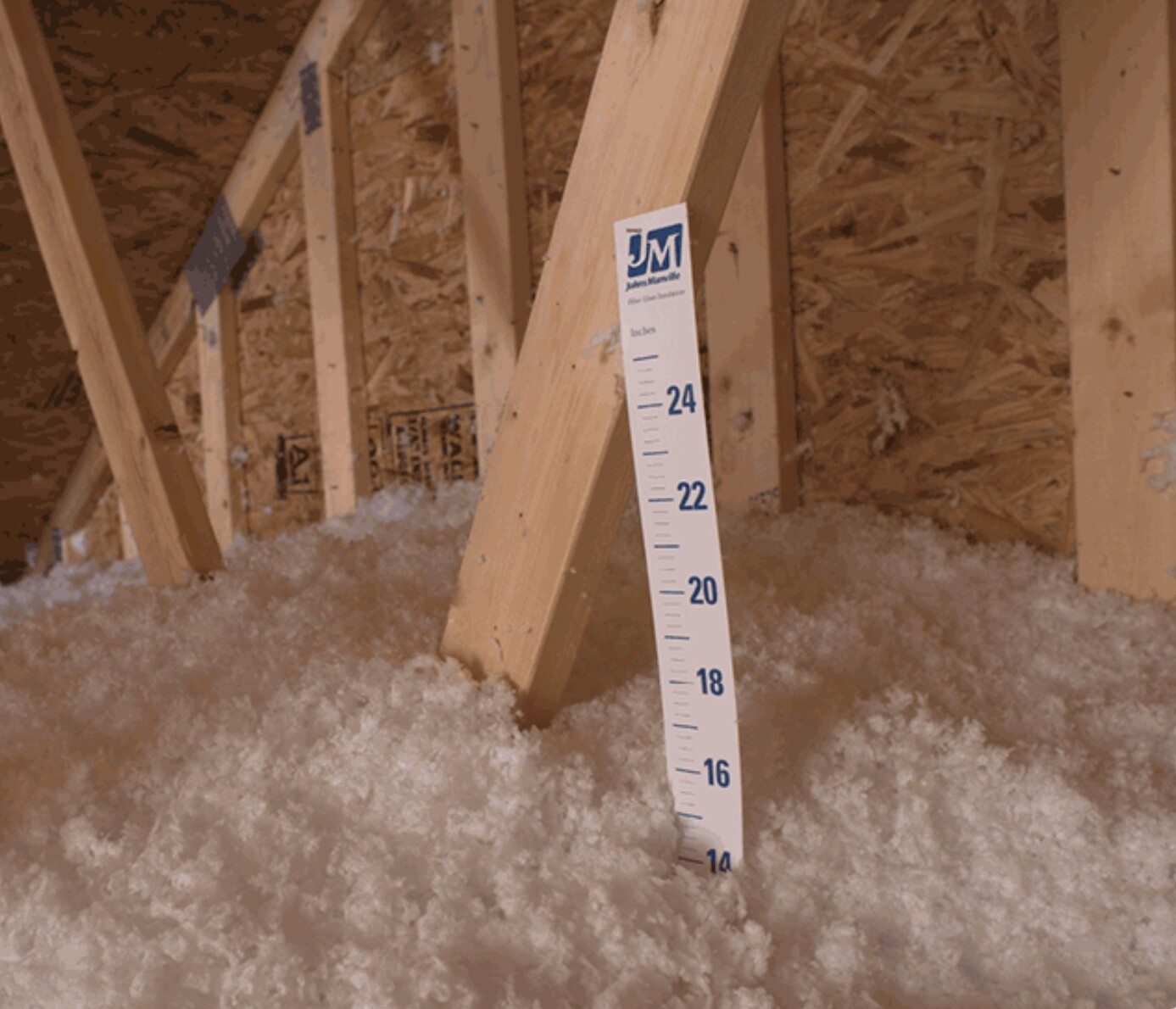





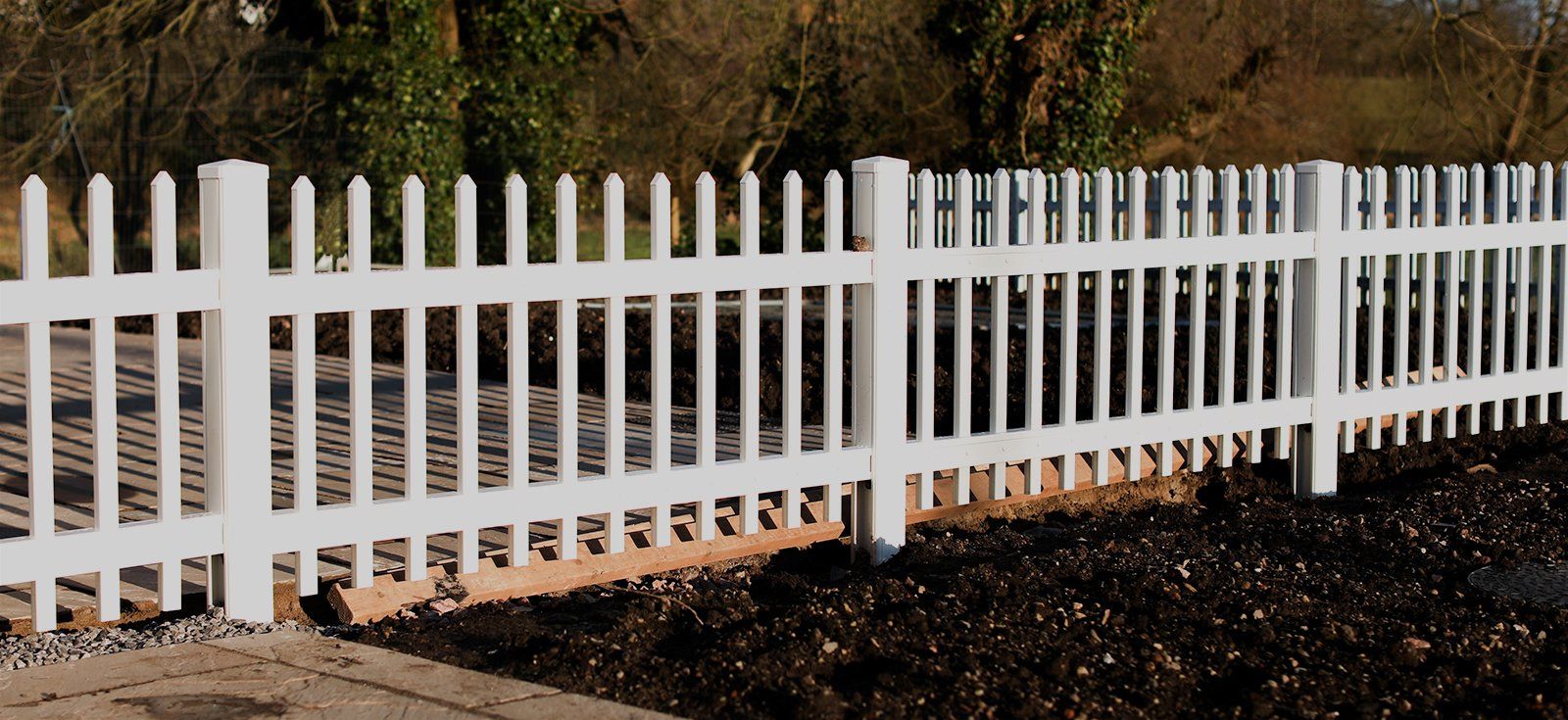


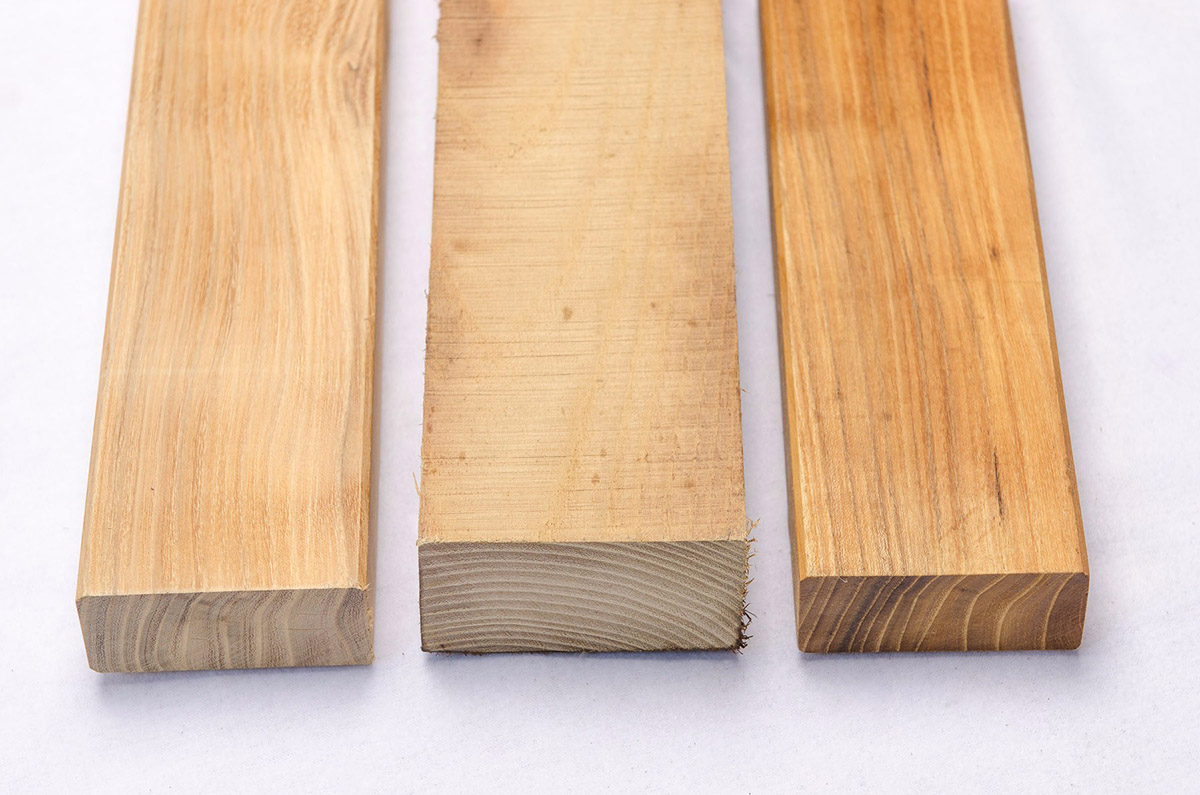
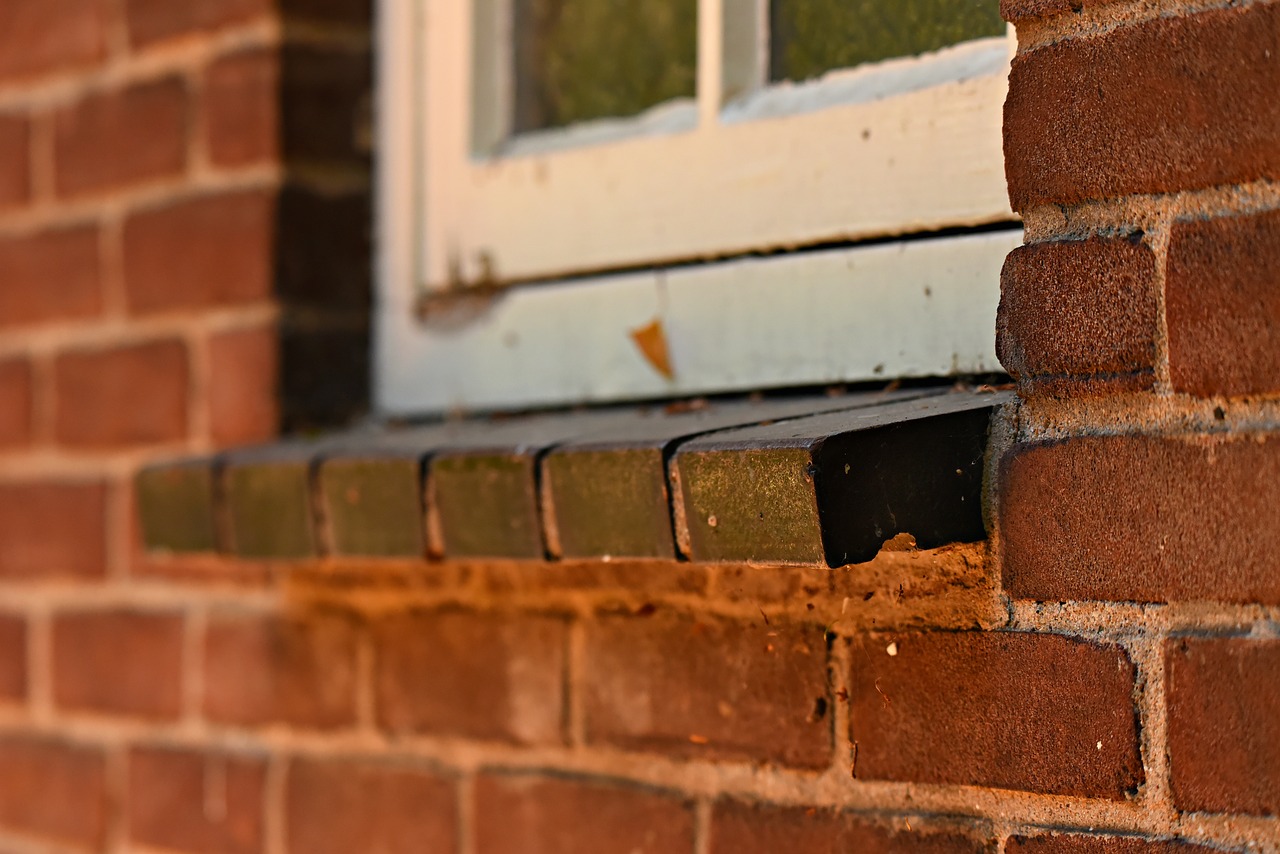
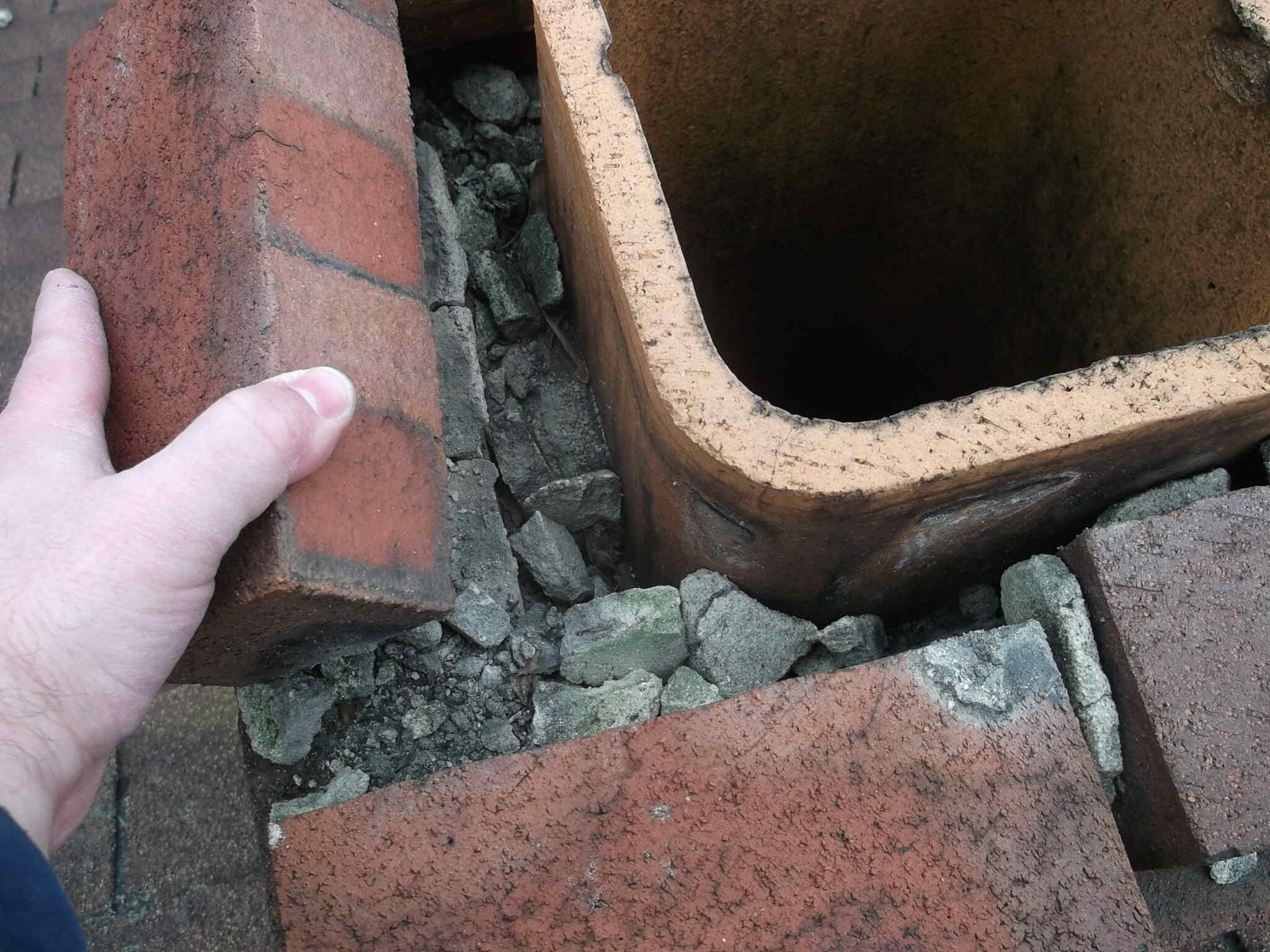


0 thoughts on “How Wide Is A Driveway”